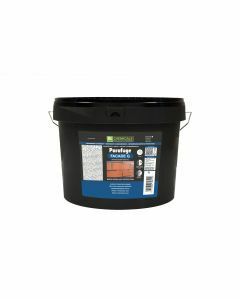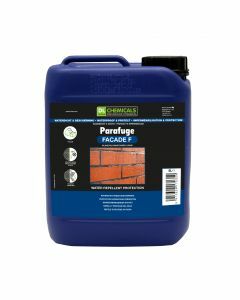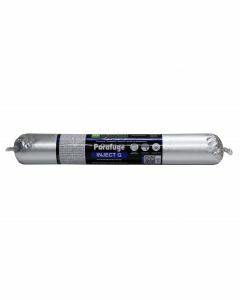How can I treat rising damp?
Rising damp in walls can be a persistent problem in older buildings and
can lead to damage to the structure and interior. Buildings built before
1945 were mainly constructed in solid masonry walls, without a waterrepellent membrane being installed at the base of the wall. This practice
has led to the occurrence of capillary ascent of soil moisture and the accumulation of salts in the walls, usually to a height of 0.5 to 1.5 meters.
Modern buildings, on the other hand, often use masonry with an air
cavity and a water-repellent membrane to avoid such problems. However, these construction methods have their own challenges:
- Errors in the installation of the membrane or in the design of the structure.
- Grounding added later that is above the membrane level, preventing the membrane from functioning effectively.
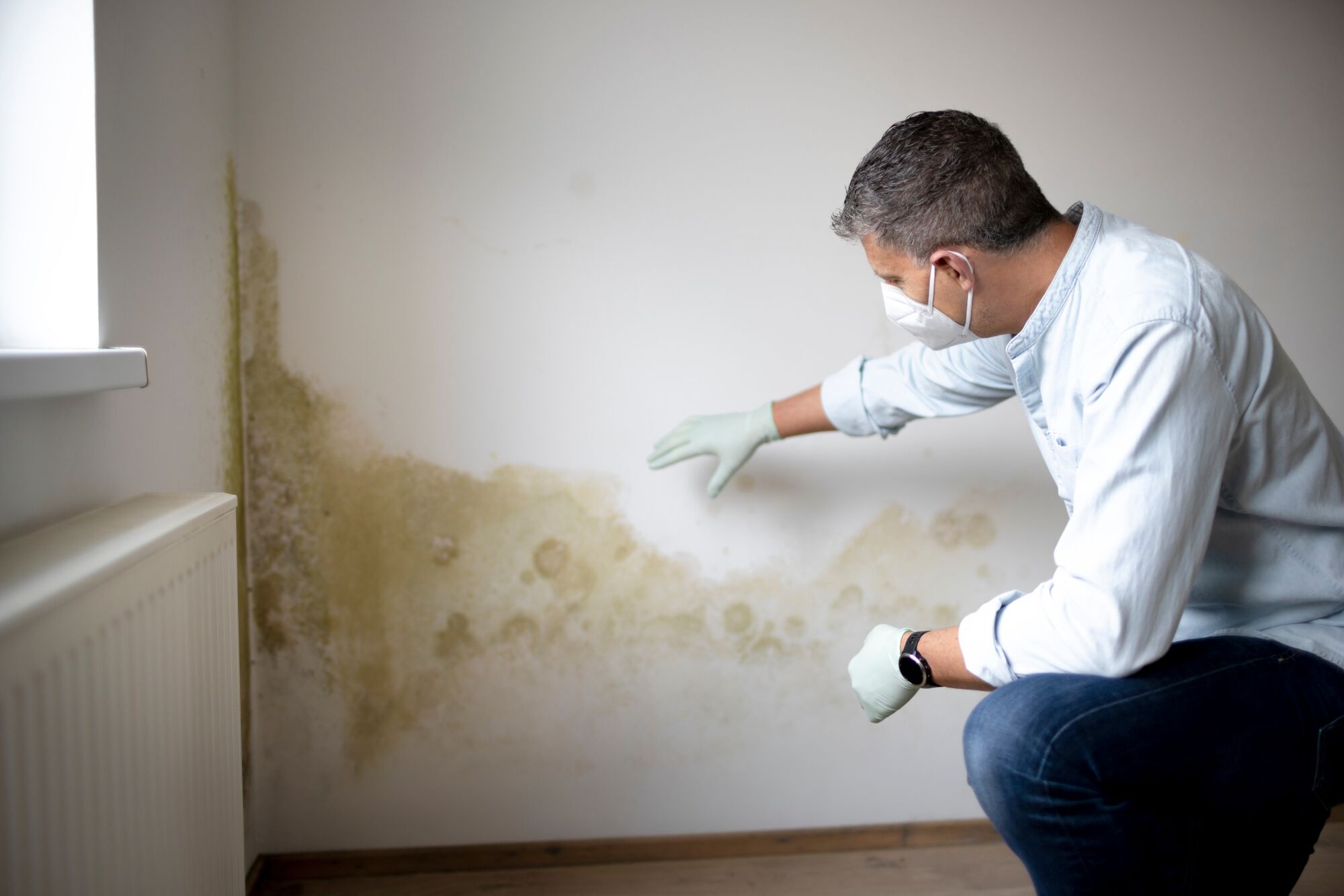

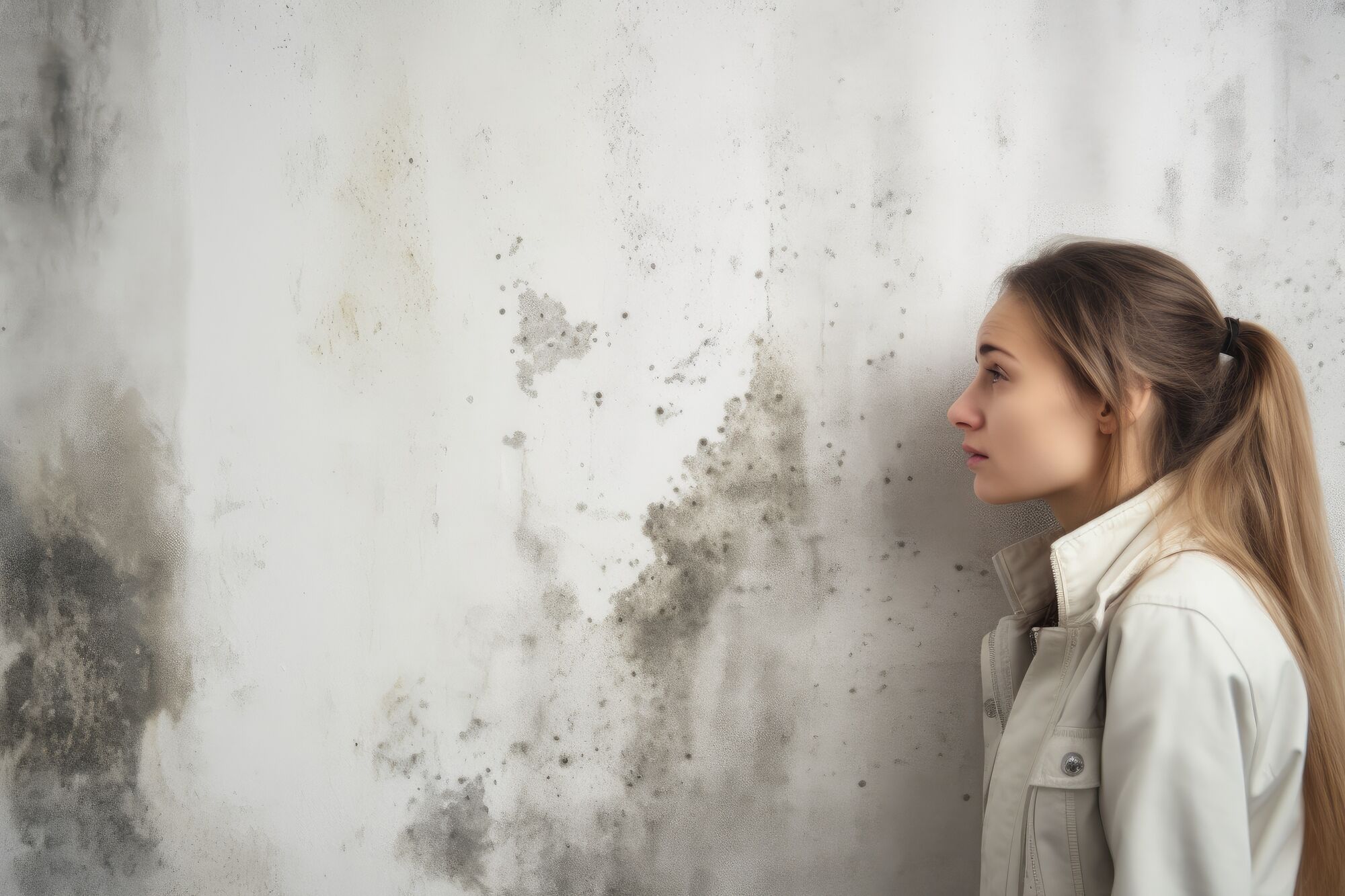

- The existing finish of the wall needs to be removed.
- Joints that are in poor condition need to be repaired.
- Drill holes at the correct level in the wall (usually in the mortar joint):
- Diameter: approximately 12 mm
- Spacing: approximately 100 mm
- Depth: approximately 90% of wall thickness (to ensure even distribution of injection material)
- Thoroughly clean the drill holes to ensure optimal adhesion of the injection material.
- Use the appropriate amount of product: approximately 100 ml per linear meter for every 10 cm of wall thickness.
- Inject Parafuge Inject G evenly into the drill holes.
- Clean the used accessories thoroughly with warm water after injection to prevent the product from drying and causing blockages.
Be sure to also check the product's technical datasheet on the product page of this website for more detailed information.

